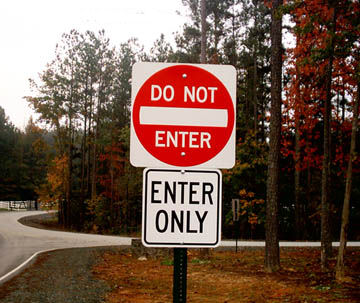- August 23, 2016
- Posted by: gstar
- Category: Coaching

One of the questions about coaching that continues to fascinate me is “what is excellent coaching?”
I have written elsewhere on the route to coaching mastery.* But what do great coaches actually do?
As I talk to top coaches, and as I reflect on what I do at my best, it seems that one of the core abilities of the excellent coach is the ability to work with and within the tensions inherent in coaching. The top coach navigates the contradictions of coaching.
So what contradictions have I noticed?
- Being professional and authenticAs coaches, we combine what we have learnt with who we are. Clients respond to who we are and that helps build a relationship. And we have a role and a responsibility as professional coaches to choose what of ourselves we bring so we can serve them: being ourselves and being what they need.
- Having a signature presence and the flexibility to be what the client needsHow we are professional and authentic is one way we express our signature presence. That will be individual for each of us. But clients need different things of us and we need to flex and draw on our repertoire, including those aspects of ourselves where we are less comfortable.
- Following the client’s interest and using insight and intuition to spark their awareness.This is the challenge at the heart of our commitment to being non-directive. Clients can be in the dark or blinded by the glare of their everyday experience. Our experience informs the questions and observations that help them shine the light. But what they do with what they then see must be their call.
- Being with the client’s story and separate from itGetting drawn too far into the client’s story is one of the pitfalls of the curious and empathetic coach. We need to understand and feel the client’s story. Walking beside them, we can appreciate what they see. But if they are walking in the weeds or lost in the forest, we need to detach, take the helicopter view so we can help them see more and further.
- Showing great care for the client while remain detachedOur relationship to the client’s story needs to be reflected in what we feel about them. We need to care and not care. We can then serve them rather than please them. We stay connected and resourceful. And both enable the client to find hope and confidence.
- Attending to process while allowing issues and insights to emergeA key role of the coach is to manage the process. I’m a great fan of inviting the client to do ‘experiments’ during coaching. Often they agree and the outcome is powerful. Occasionally they decline and that’s fine – something else will emerge. I always know where the client and I are in terms of the ‘stages’ of our exploration and sometimes we are lost for a while. That can be a vital ‘stage’.
- Feeling empathy while remaining curious about the singular experience of the client.This is the paradox of shared humanity: I am just like you and I cannot be because we have lived different lives. So we must hold our empathy lightly.
- Having a beginner’s mind and an expert mind
It seems that so much of managing all these contradictions amounts to bringing all we can in service of the client at the same time as knowing that we know nothing. Curiosity and insight. Openness and intuition. Awe and recognition. Newness and wisdom.
A lot more could usefully be said about these and other contradictions. But they can’t be resolved by ever finer analysis. For the great coach, they are not contradictions. They bring no tension. They bring life, energy and creativity. They are resolved in practice. By working with them, the top coach holds the space in which the work gets done, they hold themselves, and they hold the client, elegantly creating simplicity out of seeming complexity.
Tell me what you think. Do you recognise any of these contradictions in your own practice? What have I missed? Email me at stephen@gibsonstarr.com
*”The Mystery of Mastery” via http://www.kensmithcoaching.co.uk/page11.htm

